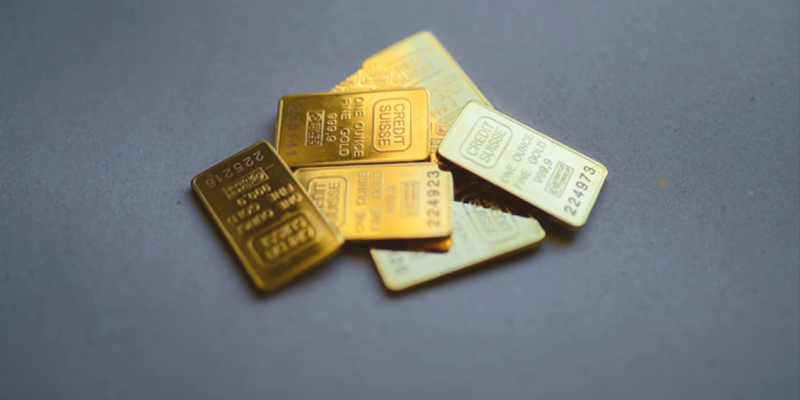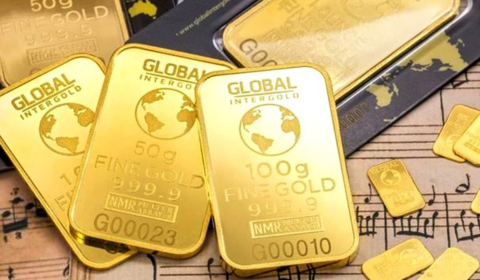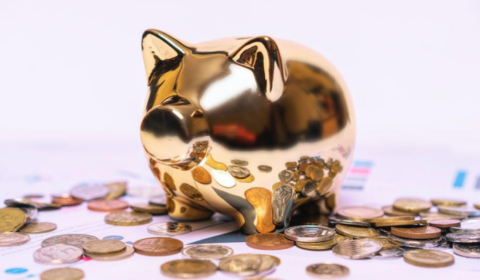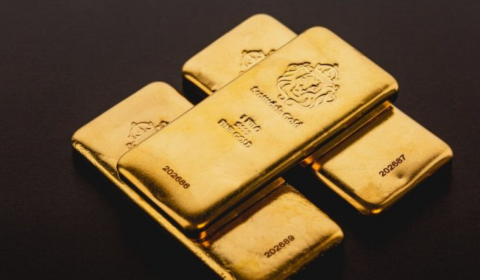Precious Metal Investments Explained: How to Start

Investing in precious metals has been a popular investment strategy for centuries, providing a safe haven for investors during times of economic and political instability. Precious metals, including gold, silver, platinum, and palladium, are tangible assets that can offer a hedge against inflation, currency devaluation, and stock market volatility.
While precious metals investment can provide diversification benefits to your portfolio, you need to understand the different types of precious metal investments available and the risks and benefits associated with each. In this article, we will explore the basics of how to start investing in precious metals.
1. Determine Your Investment Goals
Before you invest in precious metals, you should consider your investment goals. Are you looking for a long-term store of value to protect against inflation? Are you seeking short-term gains through speculative trading? Or are you looking for a diversification tool to balance your portfolio? Understanding your investment goals will help you choose the right type of precious metal investment and develop an appropriate investment strategy.
2. Understand the Characteristics of Precious Metals
The next thing to do is to take some time to understand the characteristics of precious metals. Precious metals are rare, valuable, and in limited supply, which makes them a good store of value. They are also durable, portable, and divisible, which makes them easy to trade. Precious metals are also non-correlated with other asset classes, which means they can provide diversification benefits to your portfolio.
3. Decide on The Type of Precious Metals to Invest In
There are several types of precious metals you can invest in, including physical bullion, exchange-traded funds (ETFs), and mining stocks. Physical bullion includes coins, bars, and rounds made from precious metals. ETFs are funds that track the price of precious metals and can be traded like stocks. Mining stocks are stocks of companies that mine precious metals.
Physical bullion is the most direct way to invest in precious metals, but it also requires secure storage and can be costly to buy and sell. ETFs offer a convenient way to invest in precious metals without the need for storage, but they do not provide the same tangible benefits as owning physical bullion. Mining stocks provide exposure to the precious metals industry but can be subject to the risks of the stock market and the performance of the individual mining company.
Another option is to invest in precious metal futures contracts or options. Futures contracts allow investors to buy or sell a specific amount of a precious metal at a future date and price, while options give investors the right, but not the obligation, to buy or sell a precious metal at a predetermined price and date. Futures and options contracts are considered more complex and are typically used by experienced investors and traders.
4. Determine Your Investment Strategy
Once you have decided on the type of precious metals to invest in, you need to start thinking about your investment strategy. This includes deciding on the amount to invest, the frequency of investment, and the time horizon. It’s also important to consider your risk tolerance when developing your investment strategy.
5. Research Precious Metals Investment Dealers or Brokers
If you decide to invest in physical bullion, it’s important to research precious metals investment dealers or brokers. Look for reputable dealers with a track record of providing quality products and good customer service. Make sure to compare prices and fees before you make a purchase.
5. Consider Storage Options
Another thing to consider when investing in physical bullion is your storage options. You can choose to store your bullion at home, in a safe deposit box, or with a third-party custodian. Each option has its own advantages and disadvantages, so pay special attention to your individual needs and preferences.
6. Monitor Your Investments
Once you have started investing in precious metals, continue to monitor your investments. This includes tracking the price of the precious metals you have invested in and regularly rebalancing your portfolio to maintain your desired asset allocation. It’s also important to stay up-to-date on economic and market conditions that can affect the price of precious metals.
7. Consider the Risks
Like any investment, investing in precious metals carries risks. Precious metals can be subject to price volatility and are not immune to economic downturns. Physical bullion is also subject to the risks of theft and damage. Make sure to understand the risks and benefits of investing in gold, silver, and other precious metals before making an investment.
9. Factor in the Costs
Investing in precious metals can come with various costs, including transaction fees, storage fees, and premiums. When investing in physical bullion, the cost of storage can vary depending on the method you choose.
Some gold investment dealers offer storage services for an additional fee, while others require you to arrange your own storage. It’s important to factor in these costs when deciding on your investment strategy and determining the potential return on your investment.
10. Stay Informed
When you invest in precious metals, you need to stay informed about market trends, global economic events, and political developments that can affect their price. It’s essential to keep an eye on precious metals exchange prices and understand the factors that influence their value, such as supply and demand, geopolitical tensions, and changes in currency exchange rates. There are several resources available to help you stay informed, including financial news outlets, market data websites, and specialized investment newsletters.
Wrapping Up
In conclusion, investing in precious metals can be a smart way to diversify your portfolio and protect against market volatility and inflation. Whether you choose physical bullion, ETFs, mining stocks, or futures contracts, it’s essential to understand the different types of private vault storage available and their risks and benefits. By developing an investment strategy that aligns with your goals, staying informed about market trends and economic developments, and understanding the costs involved, you can benefit from the stability and growth potential of precious metals investments.






